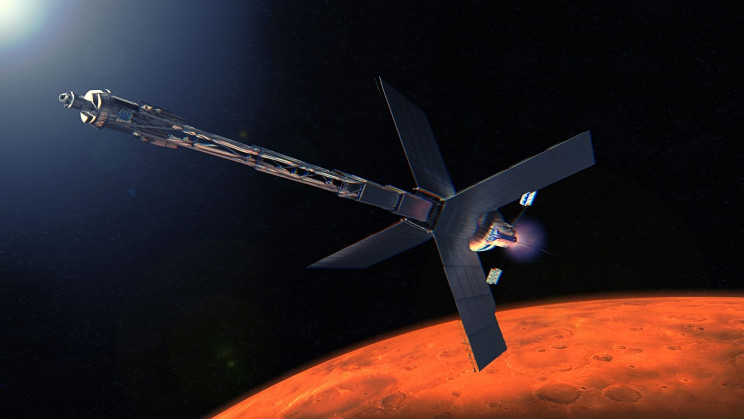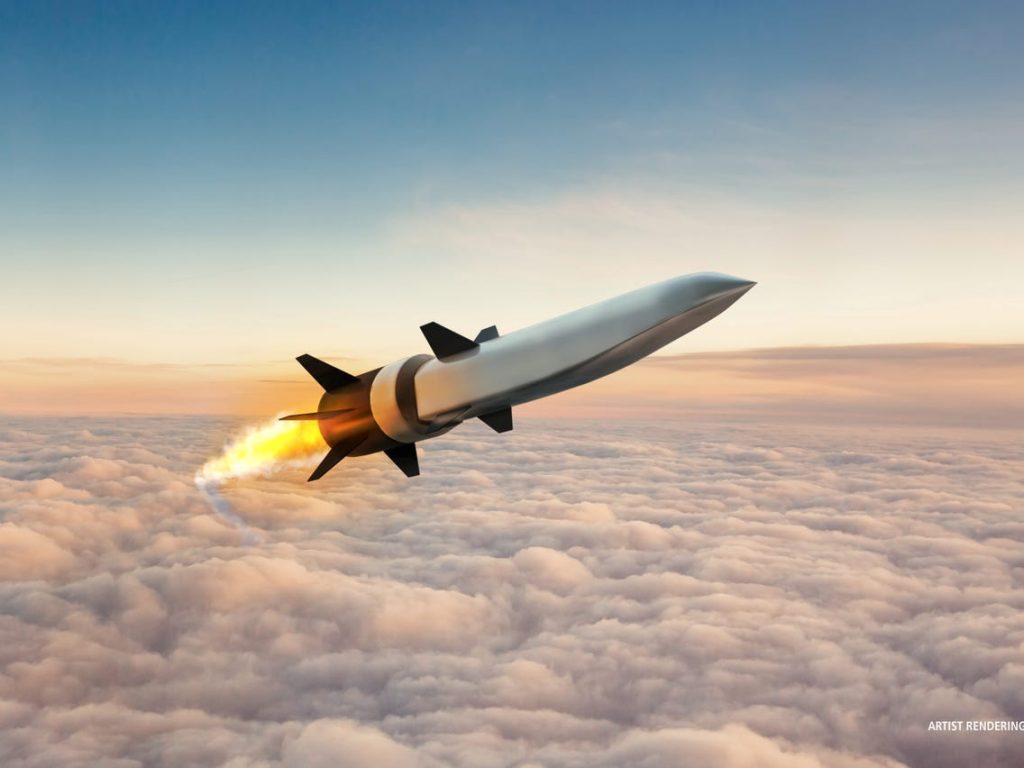NASA has come up with a proposition for the USA. It feels that the US has to invest in nuclear-powered spacecrafts if it wants to hoist its flag on Mars before China does.
The backing they had for their request in front of the House Science, Space, and Tech subcommittee hearing on Wednesday was that it would take half 3-4 months for humans to reach the red planet on a nuclear-powered spacecraft in comparison to the traditional spacecrafts. They also plea that appropriate investment should be made in developing such rockets and that too quickly as possible.

“Our strategic competitors, including China, are indeed aggressively investing in a wide range of space technologies, including nuclear power and propulsion to fulfil their ambitions for sustained human lunar presence, as well as Martian and deep space science missions,” NASA senior adviser for Budget and Finance Bhavya Lal said at the subcommittee meeting, adding that the “United States needs to move at a fast pace to stay competitive and to remain a leader in the global space community.”

This all comes on the heels of China allegedly testing a that took US officials by surprise. However, Beijing was quick to deny the claims because US intelligence had seemingly underestimated the country’s progress.

This development in the US has been forced by surprise; rather a shock given to the Americans by the Chinese when they launched a hypersonic nuclear-capable missile. The Chinese officials have denied the development ever since, but the onlookers still consider it a “Sputnik moment”. The US intelligence had underestimated China’s progress. Chinese officials have marked 2033 as the year man sets foot on the red planet. And if Lal has even an iota of credibility, then China is well on track to get there in that timeline. Ironically, NASA and the US put the idea of getting a man to the moon by 2033 on the back burner, citing that it was a goal unattainable.


